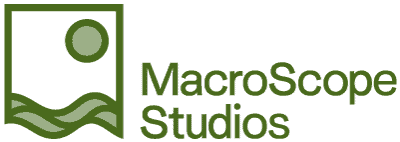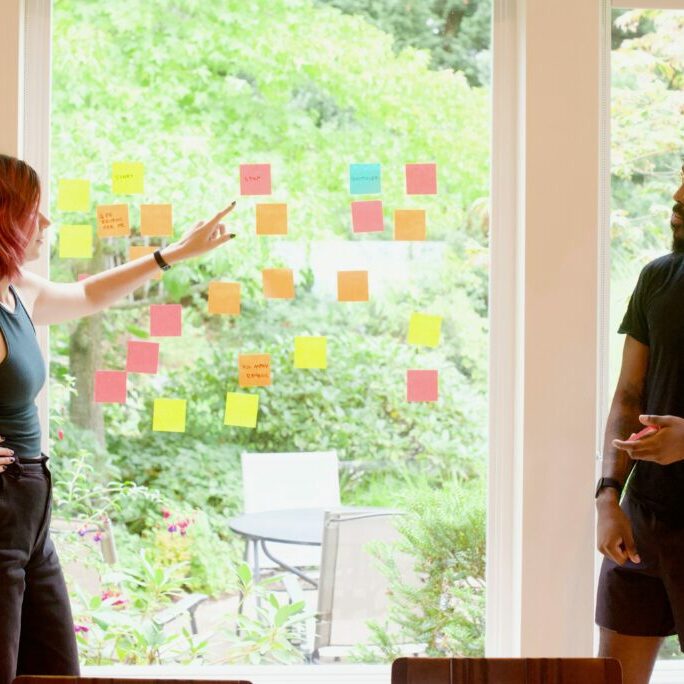
What does it mean to go from 0 to 1?
In simplest terms, it’s creating a tool or a product that didn’t exist before. That includes something that improves on a manual solution too. I’ve spent my career doing this, and no matter how many times I do it, automating something is always tricky. Manual operations are usually full of short-cuts and tribal knowledge. Creating a product from scratch is usually meant to make something tedious more efficient, but how do you balance what we do well with what we want to do better?
Here’s what I’ve picked up along the way…
- Create a business model and validate the opportunity size and scale with other folks or stakeholders. An idea is not a business model. A problem to solve is not a business model. Defining the value proposition, telling the story of the opportunity, and, documenting known risks and assumptions is a good place to start.
- Start with a quick and dirty workflow. Boxes and arrows drawn on a piece of paper, a whiteboard, or in Visio…doesn’t matter where. It doesn’t have to be fancy, you just need to lay out what you need, when you need it, and what you’re going to do with it.
- Design products that bring value to users without changing their long-term habits. Maybe think twice about designing an amazing mobile product that uses tapping if your users have a habit of using a desktop product with tabbing, typing, and clicking.
- If your product is meant to change user habits, think in detail about how you will manage change effectively. Changing long-existing user behavior is a huge roadblock in scaling or successful adoption for organizations.
- Regardless, if you’re building internal products, or are building a new product for customers, do more research…there is so much up-front research/discovery you can do to make sure you’re not building for the sake of building. Running your product ideas through a framework like a lean model canvas, or the desirability, feasibility, viability, and usability from Marty Cagan, or an assumptions mapping exercise will help you focus on the right thing.
The point is NOT to spend weeks or months doing due diligence, but to create a way to consistently evaluate and present opportunities to your decision makers.
Remember, the first part of charting new territory is getting an overview of the landscape. The better discovery you do, the easier it is to Do It Faster. I’ve been part of really smart teams that invest too much time and effort into features that ended up not really mattering to users. It happens, but what doesn’t get talked about a lot in post-mortems is Opportunity Cost. What did we not build as we spent our time perfecting this one feature? What spike got de-prioritized? Take features out of the theoretical as quickly as possible and promote them to a lab and iterate. Better research will inspire confident decision making.
Hope this helps in your journey from 0 – 1 in some way!







